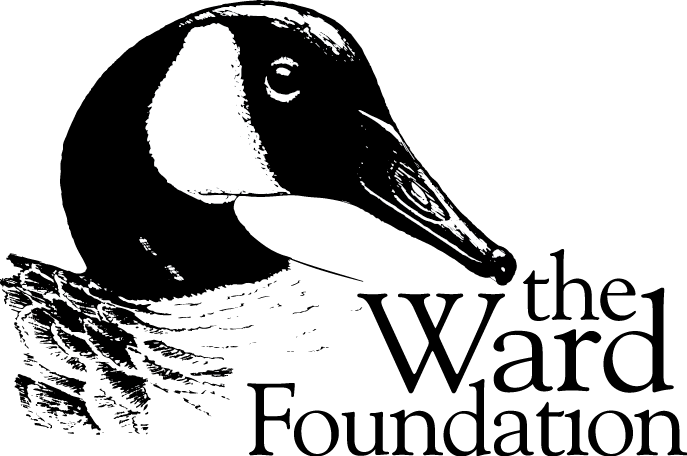Doug Jester was an all-around sportsman who enjoyed fishing, guiding, hunting and commercial decoy carving. His speedy carving process provided affordable decoys for local hunters. Balsa, cedar, cottonwood and pine were preferable materials, but Jester often used whatever was available including telephone poles and rejected roof shingle materials for his lures. Though Jester concentrated on black duck, scaup, brant, bufflehead, goose and pintail, he could carve all other species common to the area. Jester’s solid decoys are simple and unstylized with long narrow contours. Round bottoms, a humped back near the tail and nostril and mandible carving are featured on each Jester decoy. Heads that Jester carved in advance were stored in bulk ln flour or onion sacks. These heads were attached with sixteen or twenty penny nails through the crown of the head; smaller nails were hammered around the base (Berkey, Chincoteague 60). Mergansers sport boldly serrated combs that have come to characterize his work. The multi-faceted surfaces are attributed to Jester’s hand-chopping technique. Jester painted the eyes on his decoys, but was not really concerned with paint quality. Paint patterns consist of simple blocks of color with infrequent scratch painting, and occasional feathers accent the wings and backs of some decoys. Jester used house brushes for broad areas and pencil or sash brushes for detailing; he never cleaned his brushes, but threw them away when they became too stiff. The work of Doug Jester is often classified in the realm of folk art.
Doug Jester
(1876 - 1961) Chincoteague, VA
